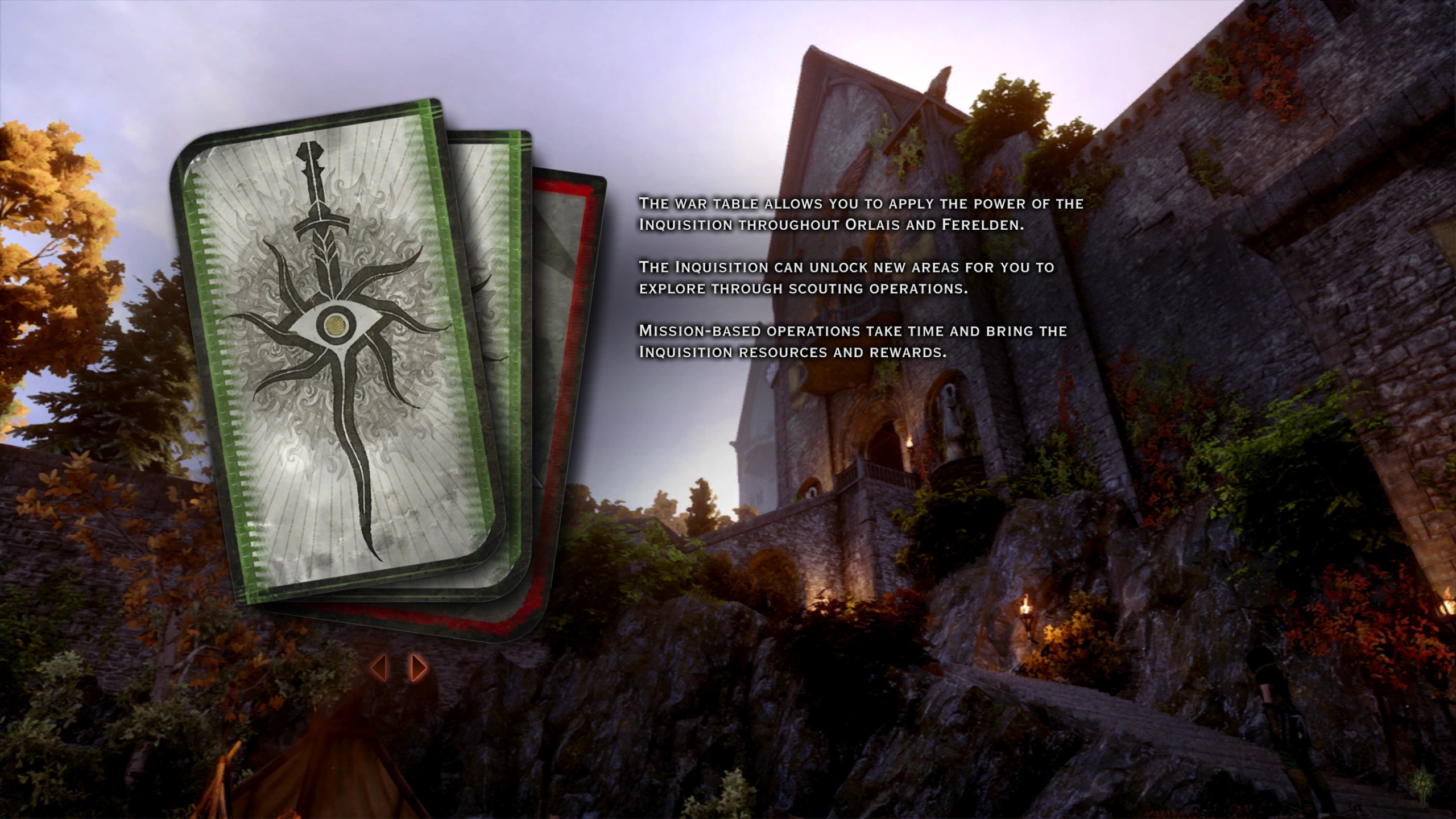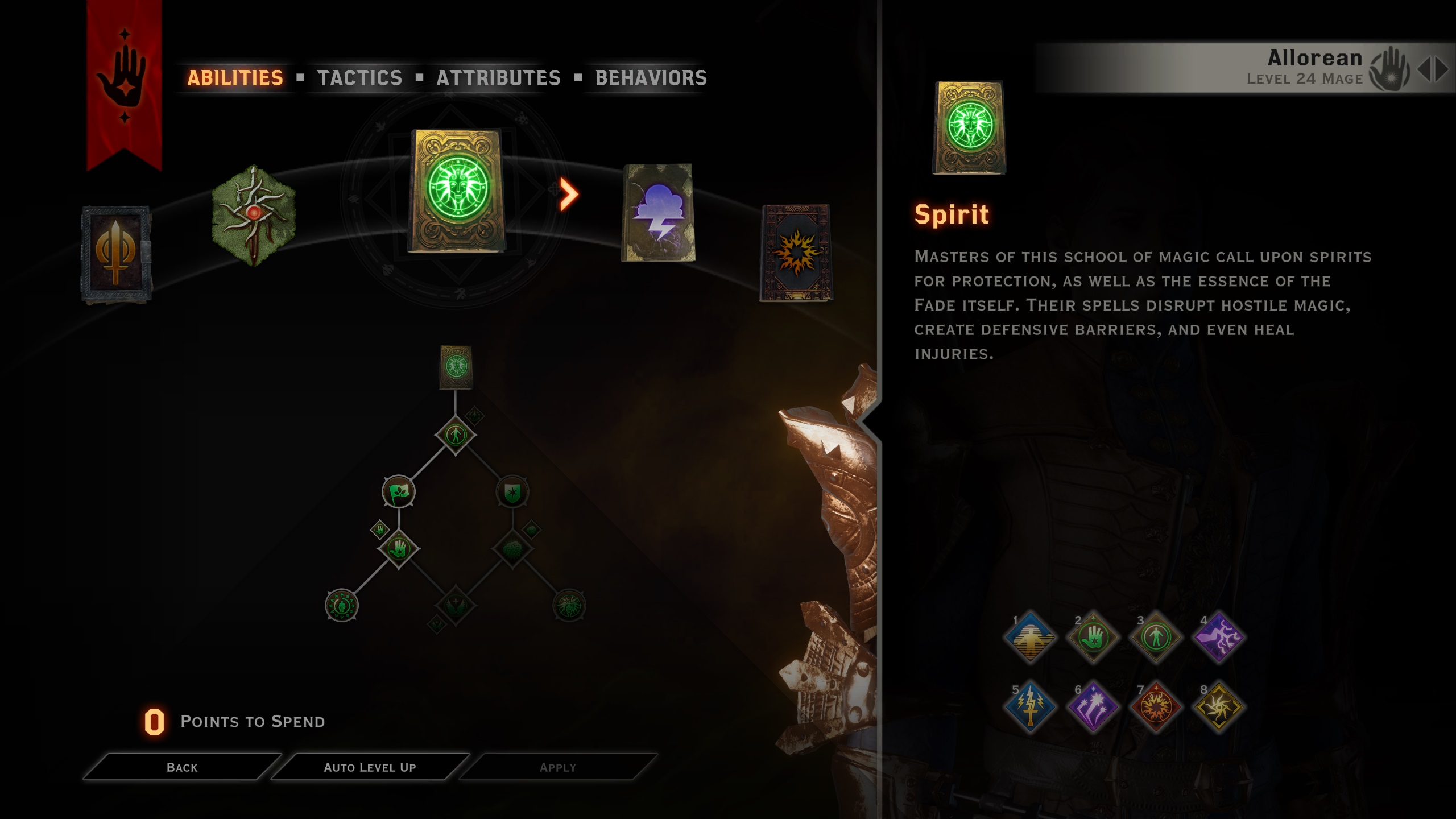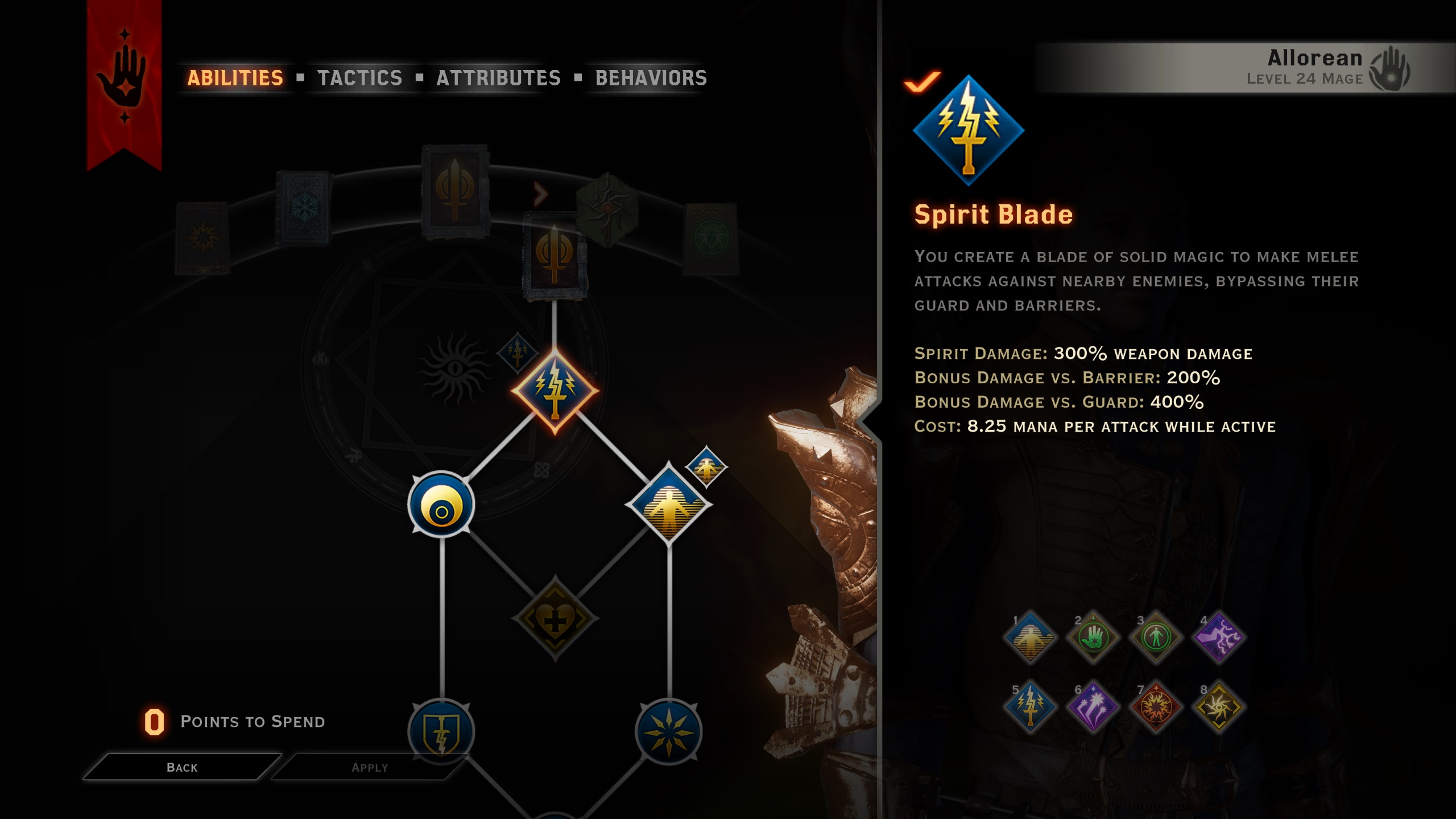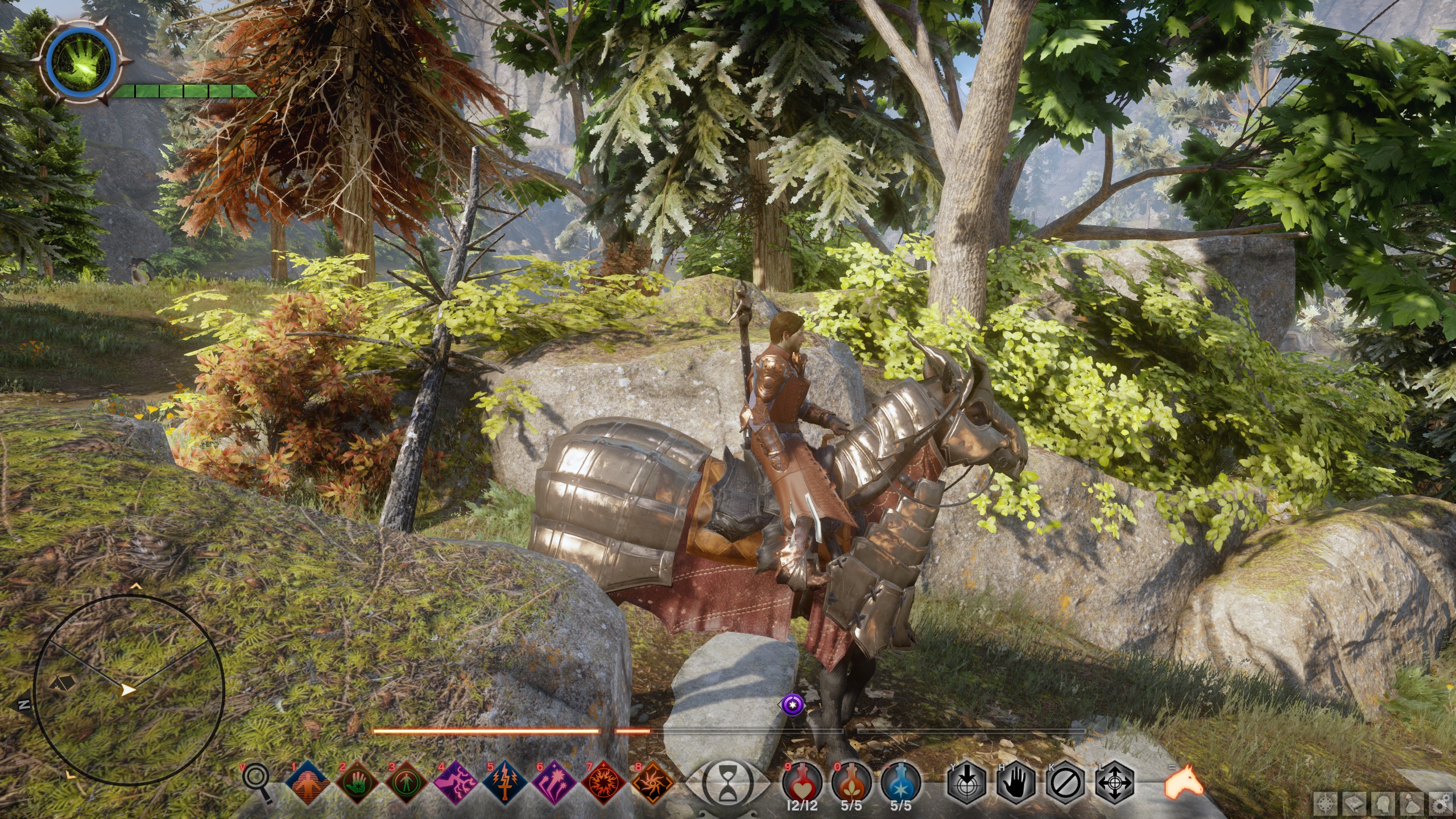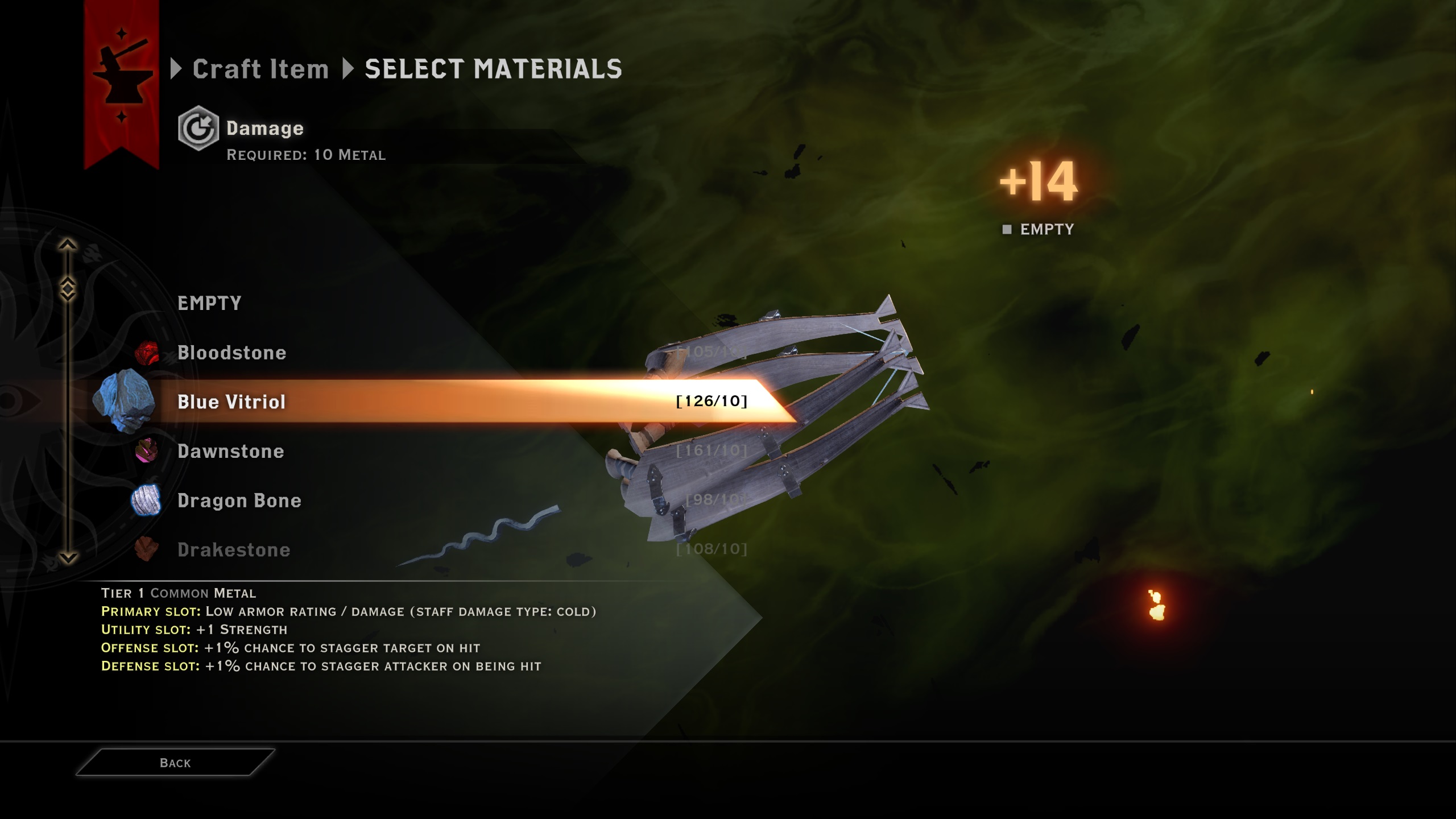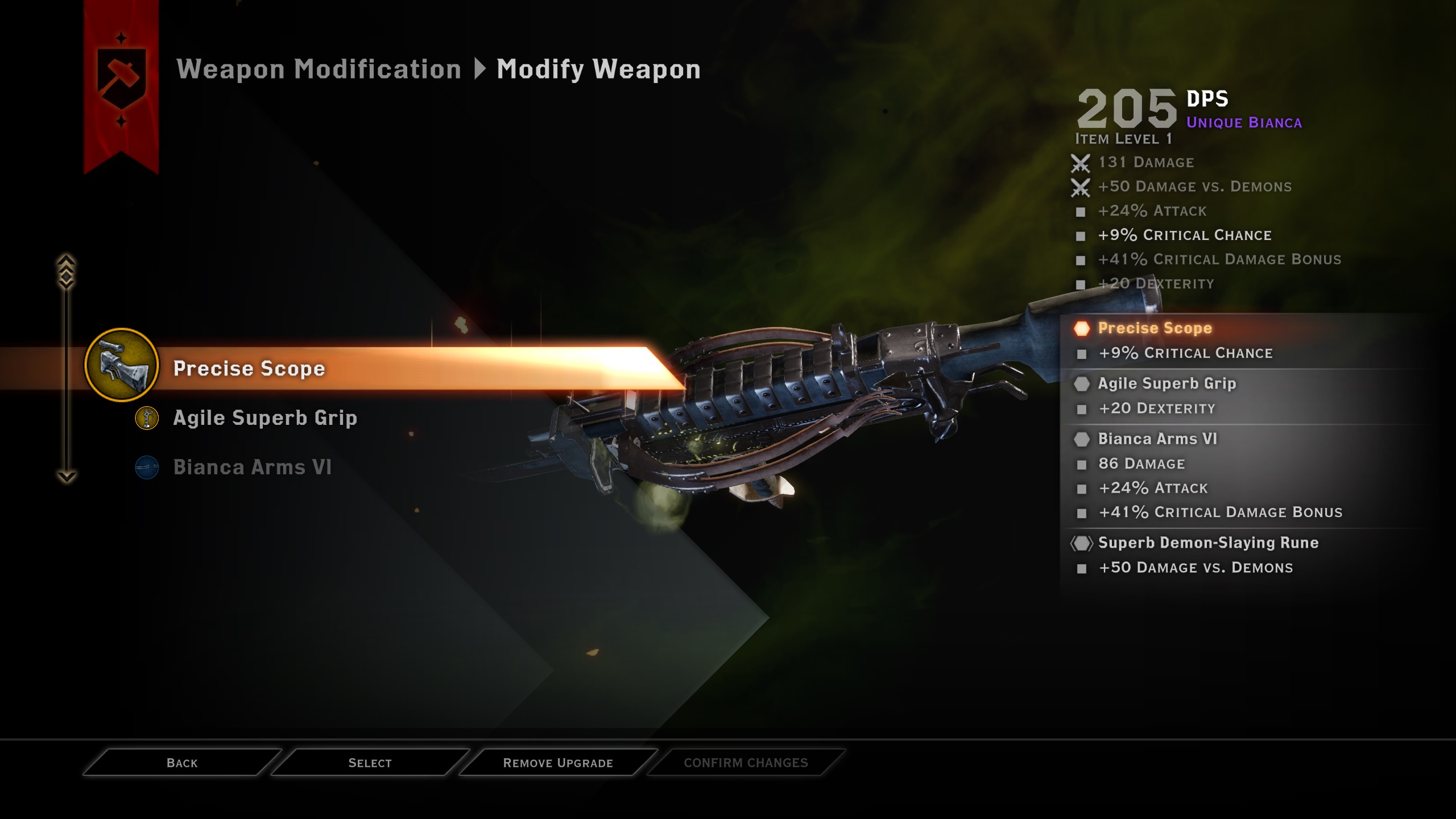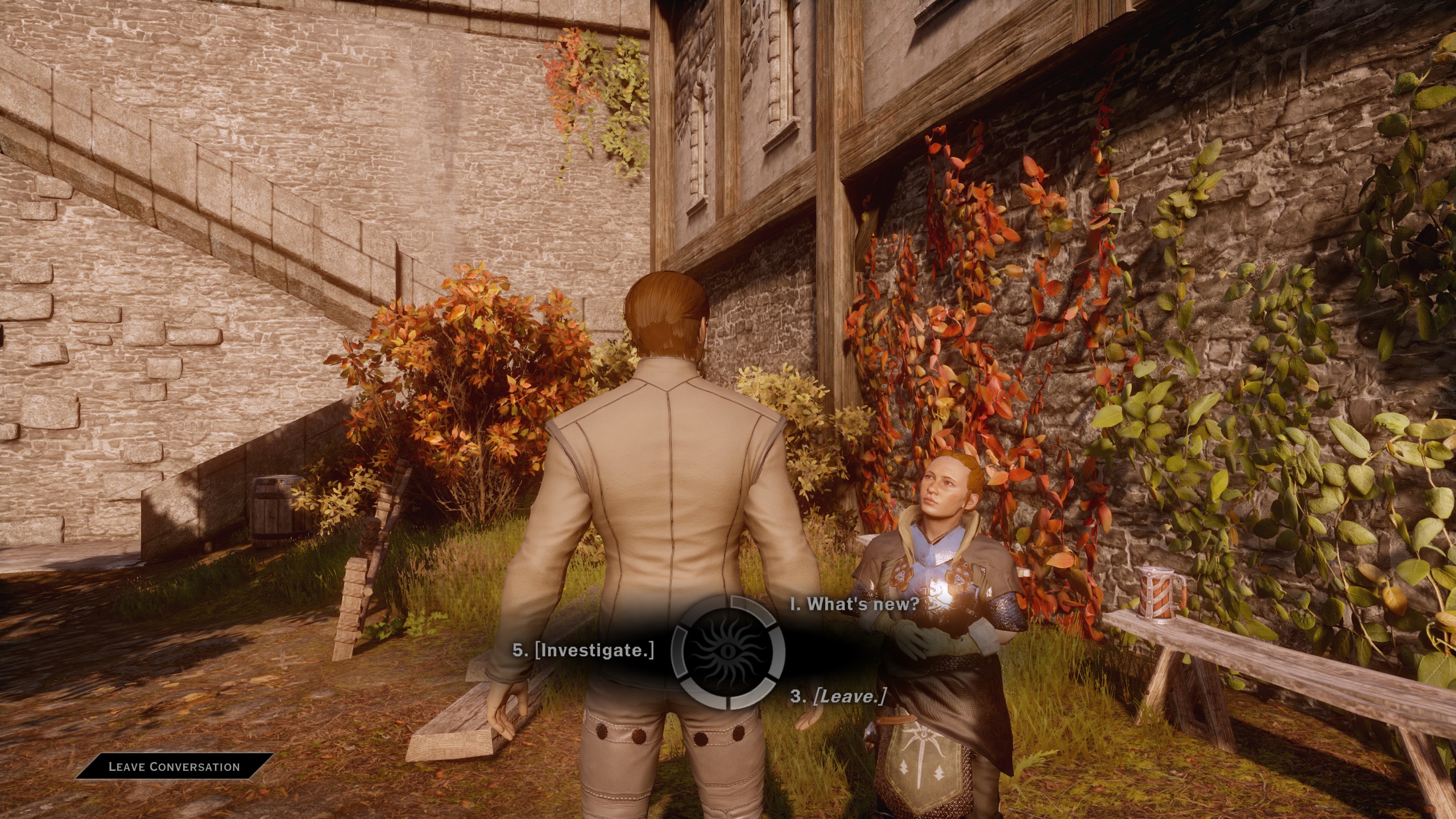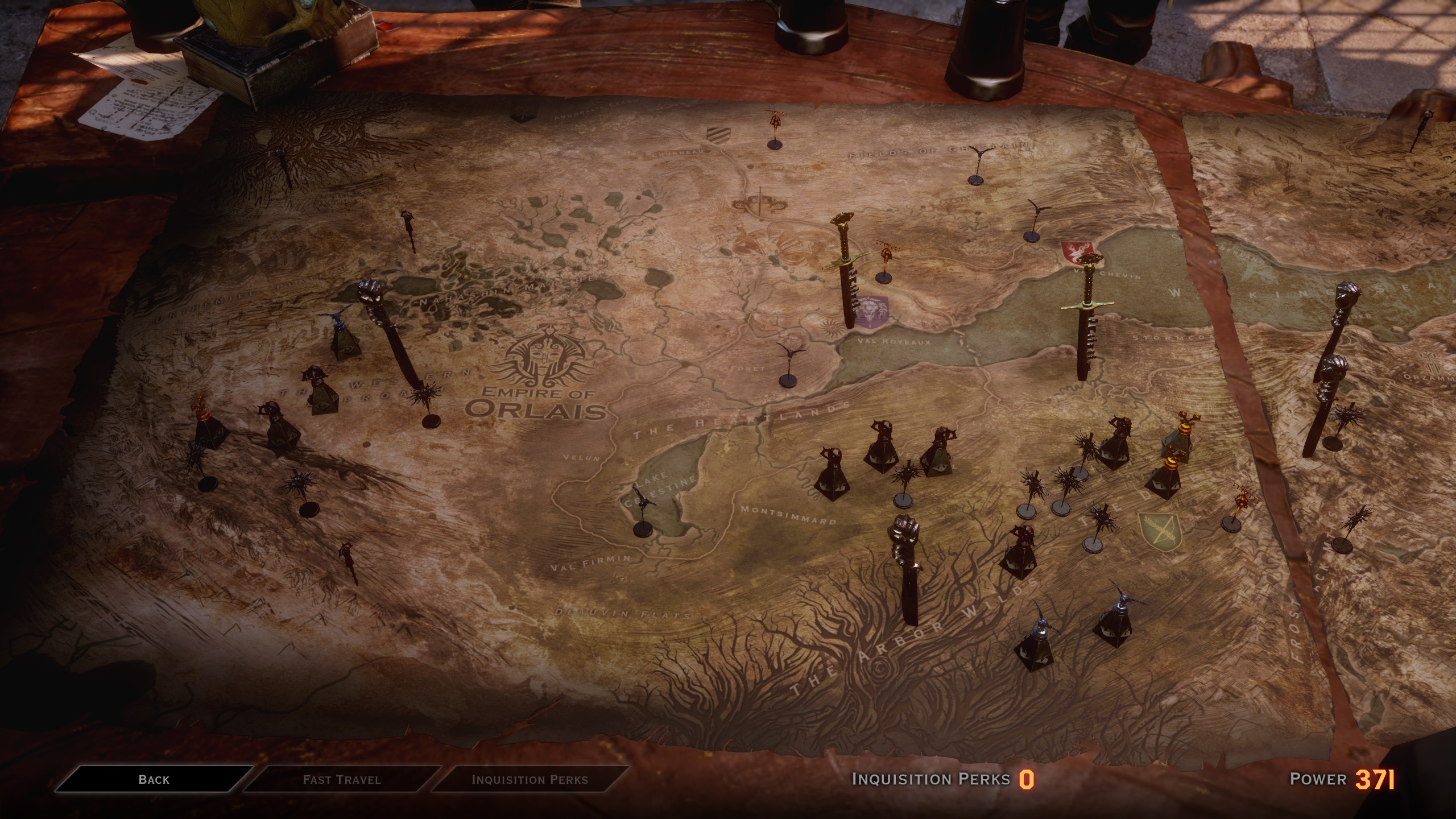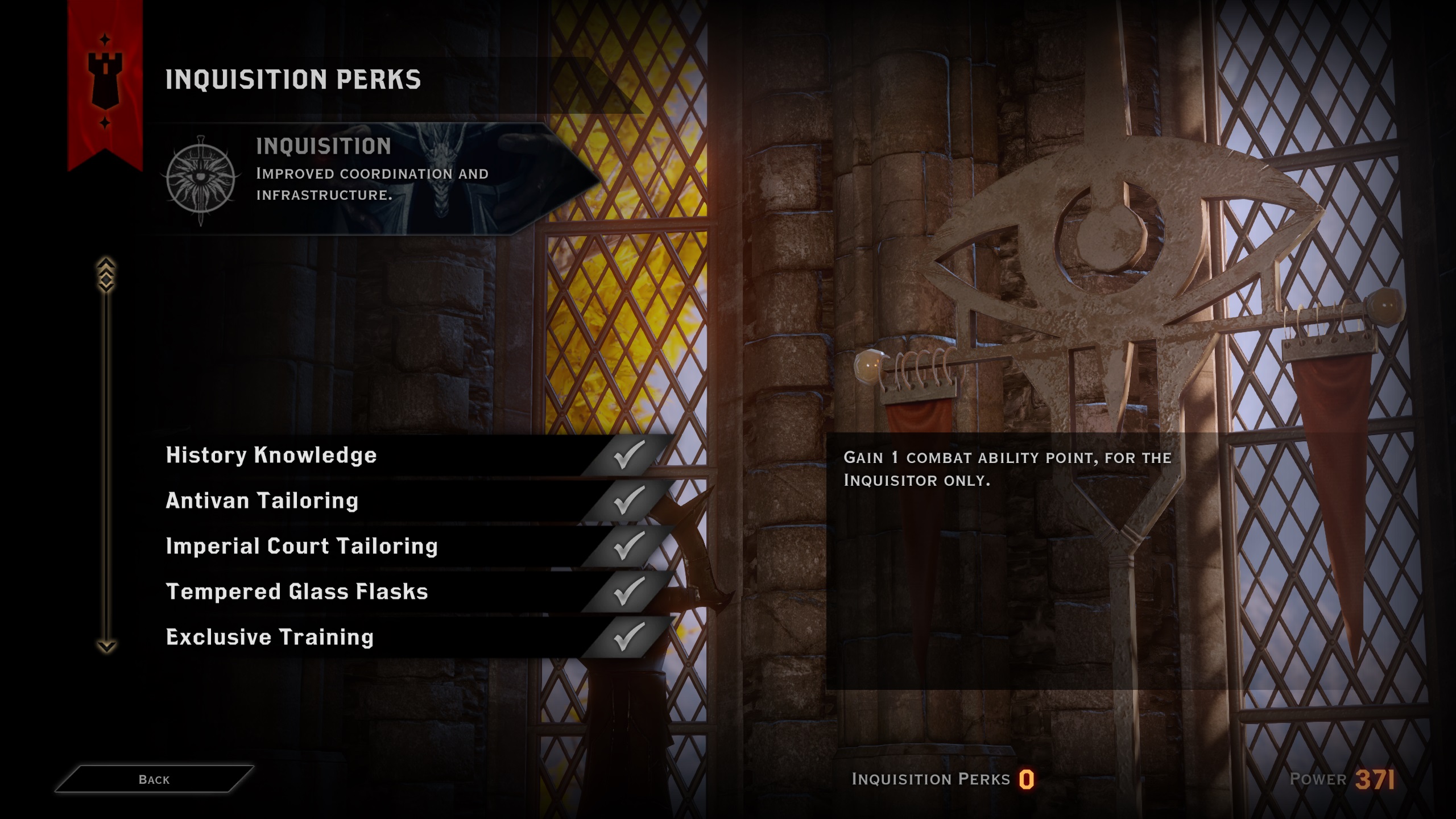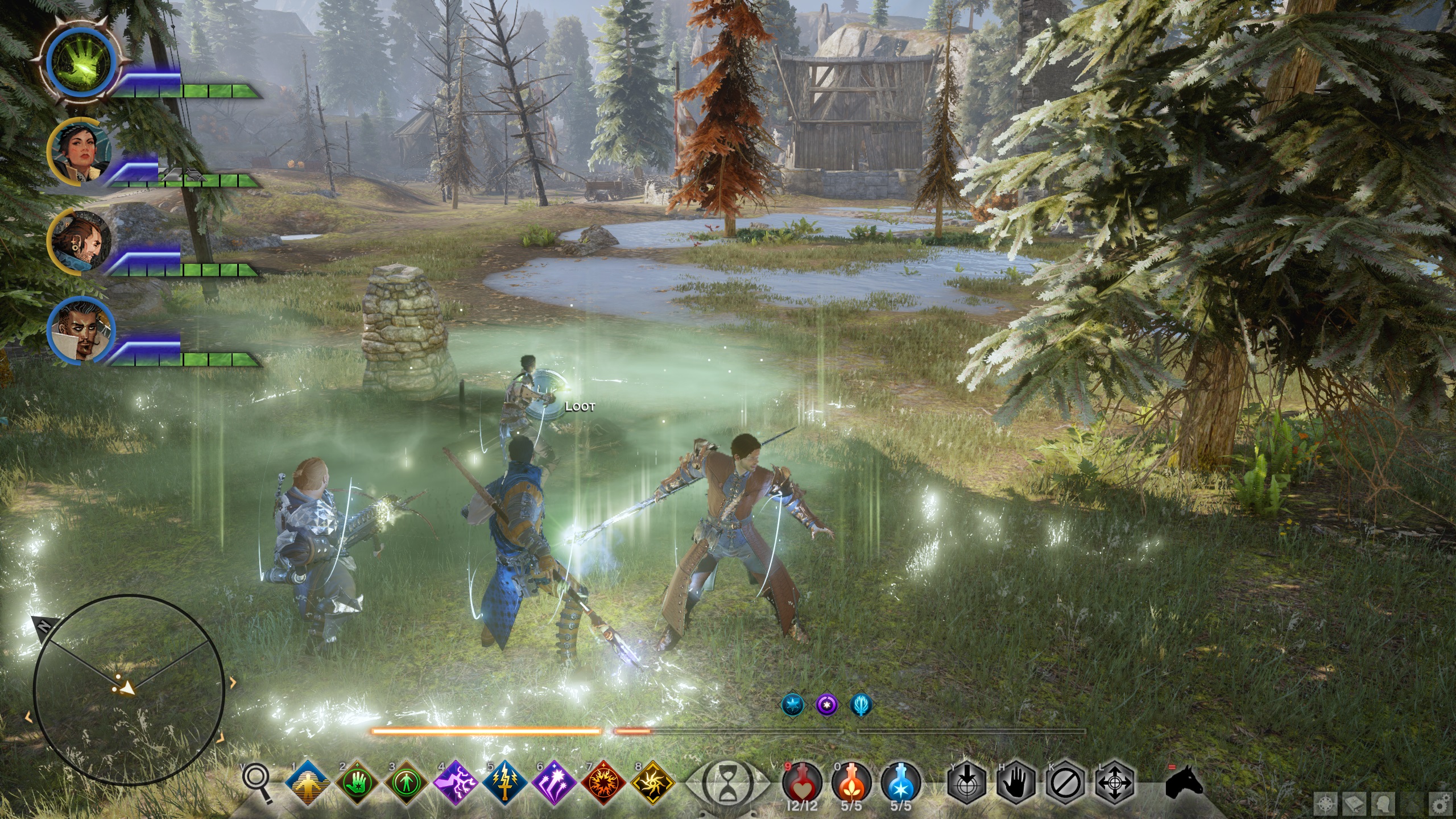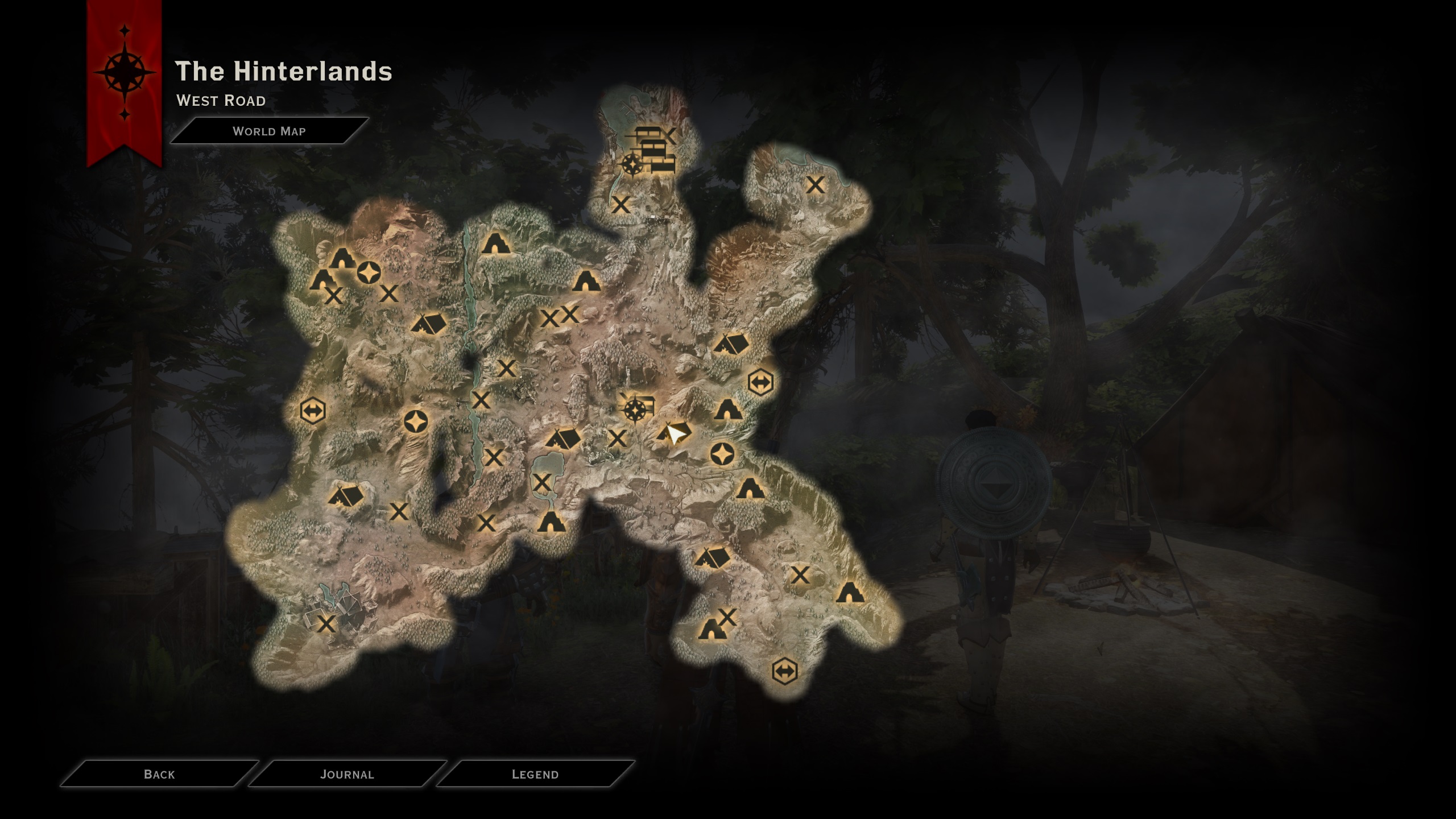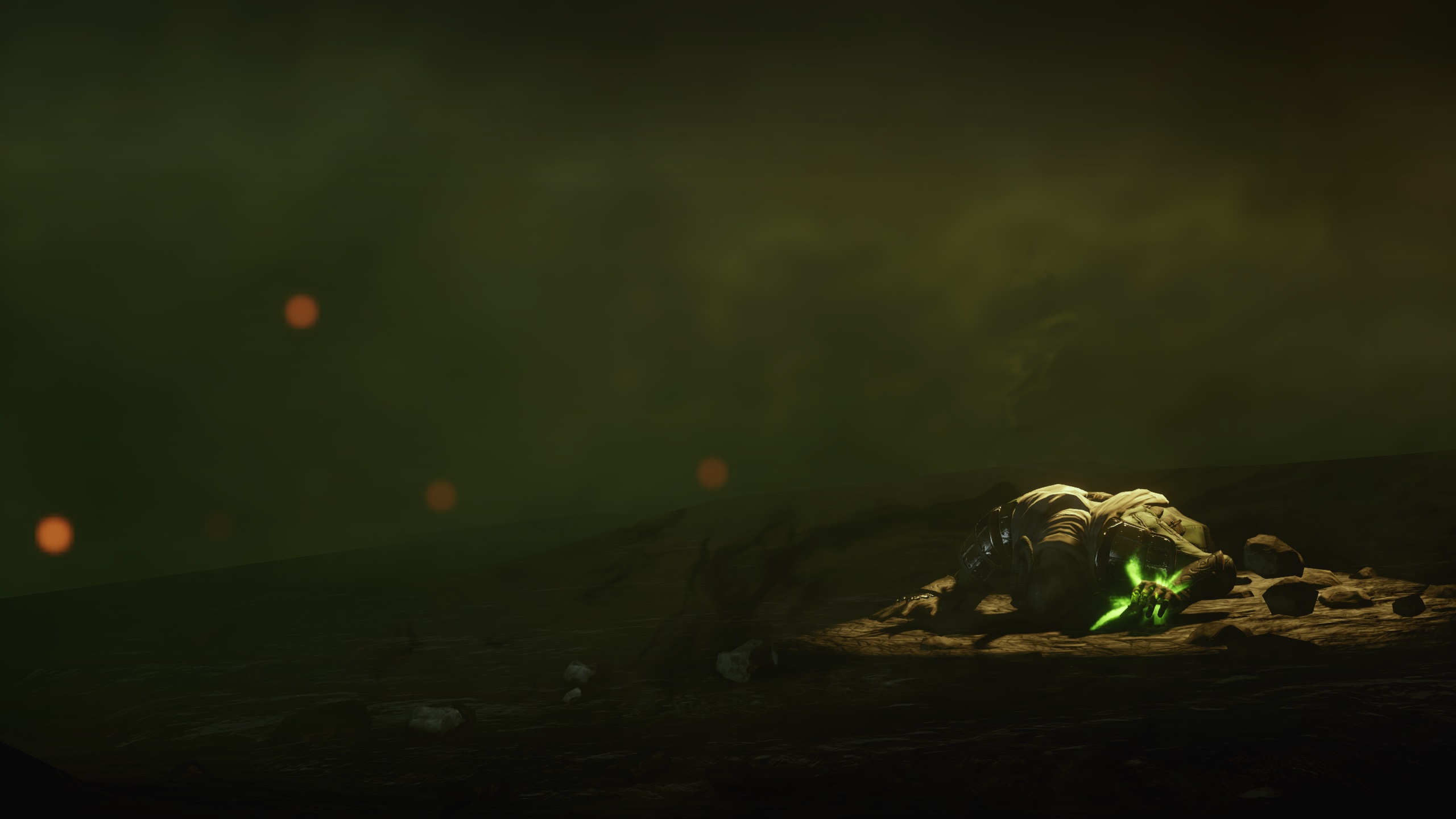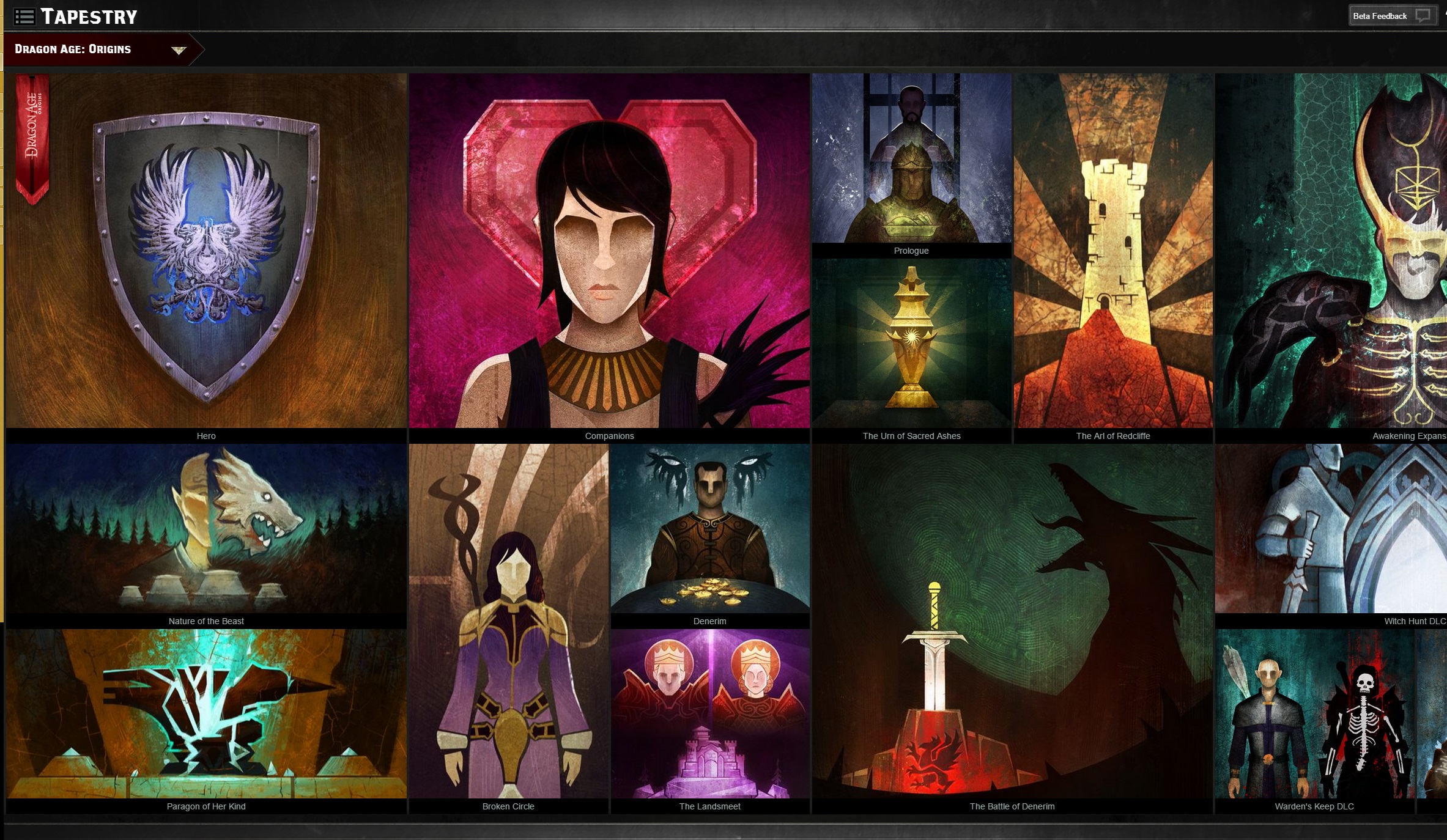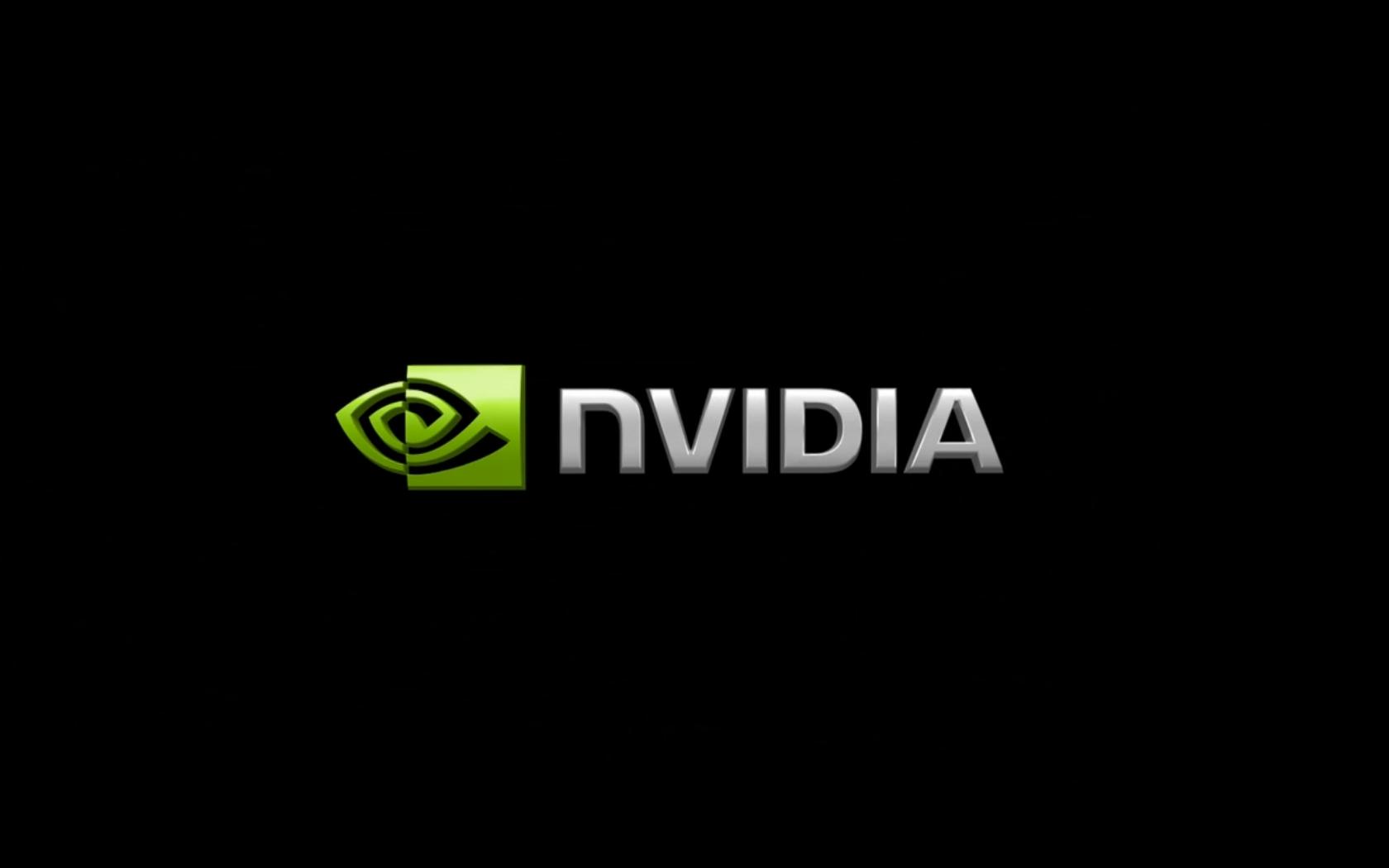Dragon Age: Inquisition – Prologue
We’re back after quite the long break, what better way to go from possibly one of the worst games of the year to one that has been awarded by many as the Game of the Year for 2014. For those of you who are not aware, this is Bioware’s third installment of the Dragon Age series. We’re not quite sure yet if to call it a trilogy or not based on how these games progress, as you never play the same character, though it is in the same universe. Your choices from prior games can be imported, so everything is still sort of connected in its own unique way.
Unlike probably most reviews you’ve been reading, or have read, this one is based on playing the game as that one universe we just previously mentioned, meaning we actually went back and played Dragon Age: Origins, all of its DLC, the expansion Dragon Age: Awakening, and then finally Dragon Age 2, including all of its DLC content too. This actually works to benefit the player in a few ways. One, they can plan out their universe play-through if that sort of thing interests them. Two, it allows the player to remember some details from the first two that are referenced beyond just the players character. An instance of this is Corypheus, where Varric’s story about having killed him with Hawke is exactly what the player does in one of the Dragon Age 2 DLC, Legacy. So if you are a lore buff, or would like to know the most of what is going on in Dragon Age: Inquisition, we’d recommend putting in the extra time to play the first two installments. Not to say you won’t be waiting several months to get to Dragon Age: Inquisition if you do this on the harder difficulties like we did, but who wants to play on easy mode, that’s boring.
So for Dragon Age 1 (Origins/Awakening) our Warden-Commander was a noble human rogue. The reason we chose a human was for the racial benefits that gave our rogue a bit of a starting edge in the stats department. They chose the ‘paragon’ choices such as not sacrificing anyone to save Connor from the desire demon. He also ended up with Morrigan, had a child with her then followed her through the Eluvian (the mirror that allows one to travel through the nexus of the Fade to other locations). In Dragon Age 2, our female human rogue (you can only play as a human in the second installment) sides with the Mages when it came towards the final conflict, choosing to not kill Anders even though he blew up the chantry in Kirkwall, and had a romantic relationship with Isabella the pirate rogue. There of course is a lot more we could get into, however then this would be a very long review with a lot of lore, which is not our goal.
Dragon Age: Inquisition – Graphics
As per the previous review, the system and configuration used to review this game was an Intel i7 4930k processor, an Intel 180GB 540 Series SSD, a MSI GTX 770 graphics card, and a 2560 x 1440 display. We’ll continue to list the system specifications of what we used with each game as over time we may end up upgrading a piece here or there and we’d rather not keep you in the dark when it comes to what you should expect with similar systems.
We were not able to run this game at the ultra settings without noticing frame rate drops when there was a lot going on at the same time, specifically in combat. Lowering it down to high we could barely notice the difference, unless we had two versions running side by side. At either of the two graphical settings the game looks quite nice, we could complain that it could have looked a bit better, even on ultra, but that’s getting into nit picking that others have done. They could have improved the graphics to make it even more realistic looking, though they decided on what they wanted, which is consistent throughout the whole game.
One thing that is nice though is the load times based on the graphical settings, between ultra and high, was barely noticeable as well. Every time you load a new region would be the only time you’d encounter the loading screen. Bioware added lore and gameplay tips on it, though we rarely if ever had time to read through all of it while the game was loading. We imagine this was designed to help entertain and help out people with lower end systems, or perhaps consoles which may have longer load times then a higher end personal computer that we were playing on.
Bioware and facial animation, in the realm of games that can get them fairly spot on, it seems Bioware has not spent the time and resources in mastering this as effectively as other studios. Be it as it may, Watch_Dogs was able to nail that down fairly well. Is it a big deal, not to us as it did not take away from the gaming experience, only made it feel like that aspect of the game was from 2012 rather than 2014.
Dragon Age: Inquisition – Gameplay
Something old with something new would be a good way to explain the gameplay of Dragon Age: Inquisition. The talent tree is back once again, though it has seen another revamp. Rather than be linear such as in Dragon Age: Origins/Awakening, or branch off as oddly as it did in Dragon Age 2, they went with a slight mixture of the two. Another thing we noticed is that there are certain abilities or talents that you select that will boost your base stats, such as choosing something that’s defensive may increase your tanks constitution by 3, granting them more health. Not all abilities do this, but if you find you are in the later end game and don’t have any use for certain abilities, putting some of your skill points into those that boost specific stats for your character/class can help you out. The reason we went that route rather than having more abilities is that you can only have 8 of them on your bar at one time. Sure you can swap them, but we tended to use the same abilities so the extra ones really wouldn’t benefit our play style. Going with that mindset, it allowed us to maximize not only our character, but those of our party to allow them to have more stats that would benefit them for their role then they would otherwise have. That translates into doing more damage, having more stamina or mana, and health.
Now the talent trees you start with in the game aren’t the final talent trees offered, you have something called class specialization that you need to progress to Skyhold, perform your class specific quest, only then do you unlock it. Once that is unlocked and you leave Skyhold, your companions class specializations are also unlocked. We’ve heard of people where it unlocked when you were on the quest, others that they unlocked for some characters before Skyhold and some after, but for us they all unlocked once we did our own class specialization quest and left Skyhold with our companions. It would make sense why our character needed the quest and no one else did, as we will explain more later on, you do have some memory loss from the beginning of the game which we could argue is one of the reasons you can’t remember what you were before.
This time around we chose to play as a mage, so we had the choice of either the equivalent to a necromancer who has the ability to summon minions, a rift mage who is sort of a high damage to single or multiple target type, or a knight enchanter who turns the mage into an off-tank melee mage. First off we chose a Human once again, this time it’s due to the fact humans start with an additional starting talent point, which we found quite helpful early on in the game on harder difficulties. We ended up going with the Knight Enchanter as we tend to not play necromancer type character, and Solas, who was usually in our party was already a rift mage. After performing the knight enchanter quest, we decided to play it as a normal player would, rather than those exploiting some of its abilities to make it one of the over-powered and broken s classes in the game. The reasons the knight enchanter can be over-powered is due to some of its abilities, such as the melee attack that does 200% more damage to barrier shielded enemies and 400% to guarded enemies. Guarded enemies tend to be boss or dragon characters, so burning that down quickly, which the knight enchanter can, would allow for a quicker and thus easier fight. The knight enchanter also has an ability that allows it to cloak out of damage for a second or two, which in itself is a fairly normal defensive ability, however the upgrade causes it to do a large amount of damage to whatever enemy you are standing in when you return. Adding onto that is the ability to slow down the speed your barrier disappears as well as generating barrier based on the damage you do. People have been known to solo dragons on nightmare exploiting all of this. For our play through, we tended to only use the melee attack to remove the guard off of dragons and to operate as an off-tank to protect our companions who were getting attacked and the tank couldn’t get to. As a whole we still played as a ranged mage, with only our first dragon fight where we were the only one alive to kill it. We should also note the first dragon was the hardest out of the ten of them for us as most enemies before that did not have rotations, which we learned quickly the dragon does. Also fire burns very well.
Bioware increased the size of all the regions or areas that you get to explore in the game, rather than making us walk all of it, they offer the ability to unlock a horse mount during quests in one of the first quest areas, the Hinterlands. Fast travel still exists in the game, allowing you to jump from one camp to another, in the same region, different region or the home base. To make this fast travel not game breaking, you have to unlock camps in order to be able to fast travel to them. We only ever used the horse when we were going back to an area we had already explored and searched since the search ability cannot be used while on your horse. The search ability allows you to find quest items, crafting materials or other items such as shards. This is quite important in harder difficulties as crafting and customizing your armour and weapons will allow you to have an easier time against boss or dragon fights.
This leads us into the crafting system that is introduced into the game. The crafting system allows one to craft weapons, armor, weapon and armor upgrades, and potions as well. In order to craft something you must have the schematic for it, this can either be found or purchased from vendors, as well as the materials. Depending on the tier of the schematic and the crafting items, it will determine how strong it is, what bonuses it has (such as added willpower, or increase critical chance). All of this is outlined when you craft the item, so it’s not a guessing game. Once the item is crafted you may be able to craft augments or enhancements for it. Such as a staff will allow you to enhance say the grip to allow you to add more stats or do a bit more damage. The only character in the game whose weapon you cannot replace, or shouldn’t really is Varric. This makes it important to find and craft weapon upgrades for him as he can be a high damage companion early in the game, and do quite a bit late game too. Upgrading potions is also something we’d recommend doing, especially on harder difficulties. It allows them to be more effective, last longer, or in some cases benefit other members of the party too. Crafting weapons and armor also allowed us to play into or against boss’ and dragons weaknesses. Having armor that adds to fire resist and weapons that do cold damage could make a fight against a fire type dragon much easier than using regular armor and fire weapons, which would do less damage due to it having a high resist to it.
Returning as well is the decision or conversation wheel, allowing us to choose how we’d like to respond to someone. For the most part it allows you to ‘tailor’ how you respond to something, though at times, like in the prior Dragon Age 2, you can also ask or prompt a companion who is knowledgeable on the subject their opinion of the matter. They seemed to have taken a step backwards though when it comes to having actual conversations as at times it is not the normal one on one conversation, sometimes the two characters aren’t facing each other, or you aren’t zoomed in on them so it feels like they are chatting, but you’re more being a voyeur about it, until the decision wheel comes up.
The War Room/map allows us to explore different regions, unlocking a lot of them by using something called Power, as well as progressing far enough into a story. Power is something you get by either having your inquisition leadership go out on quests from the war room map, or by completing quests; main, side, or collection (such as shards). Requisition quests can also boost both Power and Inquisition perk experience, as well as are easily repeatable but tend to consume crafting materials or items, which we didn’t really want to waste it on. Also it is possible to have an excessive amount of Power throughout the game, we finished with something around 500 spare. This was after we stopped doing the requisition quests too. Sending your leadership, Josephine (the diplomat), Leliana (the spymaster), and Cullen (the captain of the guard) on quests allow you to unlock certain codices, gather criminals to later judge while sitting on the thrown, or to just gather crafting materials. Depending on the person sent, it will slightly alter the outcome, how long it takes and if they can do it at all. For example certain diplomatic quests can only be done by Josephine. We should note their rate of return for crafting materials is quite bad, though it is one of the shorter timer quests. There are at times specific quests that only a specific leader can go on. One gripe we, and we know others have, about the quest duration is some of them have reasonable ones, 1-2 hours (this is not in game time, this is the time based on your systems clock). Ok that’s not bad, however there are others that are up to or exceed 22 hours. You heard us right, 22 hours. Now for the way we played the game we never ran into issues where we were constantly waiting for those long quests to return (it benefits casual players who can only play a few hours here and there). Though if we were trying to plow through the game non-stop in a week, which good luck with that, we would probably run into this issues and be more annoyed by it. There are ways to get around this, you can send your leaders out, save, exit the game, go to the main menu, change your windows clock then return back and the quest will be done. We never used this technique, but understand those who would if they were putting in a lot of hours into the game in a short period of time and wanted these quests done ‘fast’.
Inquisition perks have their own separate ‘experience’ bar for it, allowing us to track our progress and know when we’ve unlocked a perk. An Inquisition Perk then allows us to choose from four different categories, falling under four categories; Forces, Secrets, Connections, and Inquisition. Forces allows one to increase how much damage the horse can take before it disappears/kicks the rider off, increase the amount of focus one can generate, basically unlocking the tiers, and increasing the number of health potions from 8 to 12. Secrets increases the range of the search ability, experience on certain codices, potential increase in harvesting crafting materials (chance to gather more per node), and the very important deft hands. Deft hands allows a rogue to lock-pick locked doors, which tend to have secondary quest items, collection items, etc. Connections namely deals with added stock to Skyhold, increase in the amount vendors will pay for items, as well as alert when there are sales. We put one point into the codex bonus, aside from that we found it quite useless as it doesn’t benefit one end game or tier 3 schematic/items. Lastly is the Inquisition, which increases inventory capability, and can grant an added ability point. We should note there are a few other items in all four categories but we found them mostly useless and never got them.
Dragon Age: Inquisition – Combat/Controls
Dragon Age: Inquisition follows along the similar style of combat the first two games in the franchise established for this RPG, with a few tweaks. One of the most noticeable changes is that there is no longer any healing spells in the game (unless you count a specific one based on focus that we don’t really). Instead you have to rely on potions that you, and your companions each carry. The previous games had healing potions, though they usually were to augment your healer and were on cool down timers.
The healing potion quantity is shared across all four members of the party, whereas the other two potion slots (assuming you always keep the healing potion like we did) has quantities specific to that character. This is quite the change going from having a healer mage to no healer at all. We can slightly understand their thinking of this, as some people don’t like playing as mages or having one in their party, healing potions would allow someone to go with a party of rogues and warriors. Though playing with a balanced team (warrior, rogue, mage) allows you to do special interactions with the environment that is limited to a specific class, like bashing a red lyrium deposit can only be done by a warrior. What we would have liked to see is the choice of one or the other, if you have a mage that can be talented to be a healer for your party, you cannot use healing potions (or they have cool downs).
The other two potion slots can be used for anything you find or unlock (usually by purchasing them from a vendor). These potions can range from mana potions useful for mages, to resistance type potions to allow you to take on that dragon more easily. We never used these potions ourselves since as long as you get out of the dragons attacks, or paused to put a barrier up, it wasn’t as crucial.
With the removal of healing, Bioware has added in a few extra mechanics to give you a ‘second’ or third health bar in a sense. Mages can cast barriers which deplete over time (or based on the amount of damage they take). These are an Area of Effect (AoE) that you target so you can actually get one or more members with a barriers, provided they are clustered close enough together. Warriors, more specifically tanks, have something called guard, which they can generate, does not deplete over time and is designed to absorb damage. Combining these two, you can have a tank with a barrier that slowly depletes over time, guard, then their health bar. This comes quite handy in fights where the tank is taking large amounts of damage, such as boss or dragon fights. As mentioned earlier, only slightly, armor can be crafted to generate guard for any character, so a fairly squishy mage or whomever one may want can actually get guard too.
Aside from this potion change, they also got rid of the auto-attack entirely. Instead, you must hold down your left button to do your default attack. This has some positives and negatives to it. Due to the targeting system, you do not have to have the enemy you want to attack selected to attack it, instead you can have your cursor in the area of your target and the game knows to attack it. This is quite useful in a fight where you have multiple enemies and you want to take them down without clicking on them specifically, all you have to do is hold down your left button and you’ll keep default attacking, stopping only to do your abilities when you activate them. The only real downside to this is the fact you may not be attacking the exact enemy you want in a mob, as well as the focus fire command to have all your allies attack the enemy you have select doesn’t work or work that well unless you specifically have an enemy selected, which requires you to stop attacking and manually select them.
We found in most cases this wasn’t that large of a deal, as most fights on hard lasted longer than a few seconds, there are times you are waiting for abilities on cool down and don’t mind losing out one whack of your default attack.
As per the prior games, you can stop combat in order to assess the situation, give a command or pop a potion for a companion, though this time around they added a Tactics Mode/Tactical Camera. Essentially this gives you more control and view of the combat landscape. Selecting a target in tactics mode will lists off their immunities, what they are susceptible to (as in take more damage from) and any current status modifiers such as frozen, burned, etc. It also allows you to move your companions, or yourself, to a specific location. There are a few drawbacks of the tactical camera, one of which is the inability to zoom out as far as we would or other people would have liked to give an even broader view of the battlefield. They did fix the other gripe we had in the PC Patch 3, which was the camera would re-center over whatever character that was selected rather than staying where you left it. Surprisingly enough, even on Hard we found we didn’t use the tactical camera, usually only for boss or dragon fights, and namely to get party members out of the way of an attack, or just out of an existing attack faster. We did however use it before fighting a dragon to find out what type it was so we could equip weapons it had a weakness to, as you cannot change weapons during combat. We can see how useful it could be on Nightmare, though we had synergized our team it wasn’t as crucial, might be also because of the target/attack the player has selected so the computer isn’t just attacking randomly enemies.
Dragon Age: Inquisition – Side Quests
The game is definitely not devoid of all sorts of side or optional quests. Doing these will help you progress in level alongside the main story, seeing as sometimes you need or should be a certain level in order to do some of the main quests, or take on a dragon. Do you want to get to know your companions and the leaders of your inquisition better and just having conversations isn’t enough? Well you’re in luck, each one of them has at least one quest, sometimes more depending on if they want you to collect, kill etc. This helps to fill in some background information or lore on some of them to allow you to better see where or why a certain character has a certain view on a subject matter.
Each region or area has a fair amount of quests, usually relating to issues within that region. You can choose to solve some of them, all of them or none of them, though certain quests and your choices can lead to added Inquisition assets. Inquisition assets let the one of your three leaders perform their war map quests faster, sometimes by quite a bit, so it’s usually best to recruit these people. On top of this there are also quests for killing all the dragons, exploring every region, finding lost codices. All of these once again benefit you by granting experience, inquisition experience, power, items and/or gold.
Now doing the exploration quests can sometimes take a while if you explore most areas on foot like we did, now for the most part this wasn’t bad, some regions are large but there is usually something to do, crafting materials to collect, random enemies to fight, that don’t make this task seem as daunting…then there is the Hissing Waste. The Hissing Waste is another desert region, though everything is extremely spread out, walking between one location to another can eat up quite a bit of time. Using a horse is a good option, though you may that one time miss an item since you cannot use the search ability while on it then try to figure out later on why you can’t finish a quest because where is that last item. There is no reason for the Hissing Waste to be laid out or designed the way it is other than to artificially extend the playing time. We’re not sure why they needed to do this as our playtime was somewhere in the north of 90 hours. Sure maybe 5-8 hours could have been spent because of this place, but in the grand scheme of things any game that can deliver more than 50 hours of gameplay in a single play-through by doing most of the optional content without it feeling like just filler has done a good job in pacing and structuring this.
We would recommend performing all the quests involving the shards scattered across most of the regions. The main reason is that there is a cave or region in the Forbidden Oasis where you can actually spend them to unlock three different primary doors, promoted by the elements of spirit, fire, and cold/ice. Unlocking any of the doors unlocks the first tier of three for that element eats up a certain amount of shards that one has collected. Going inside it we encountered enemies, clearing it out and looting the crypt will give the player (only sadly) and increase to that elements resistance. This can be done two more times for each element throughout the game, or whenever you have enough shards to unlock a door (you get a quest that tells you how many you need to unlock that door). Once all three are unlocked, it will unlock the room on the first level. After clearing out the enemies your character gets another resistance boost, this time for electricity. Now for easier difficulties we don’t see the added resistance being that much of a game changer, but nightmare we can see it being more useful. What would have been nice though is if our entire party received this, or say at least the tank taken received this, as having a damage dealer with increased resistance who is rarely attacked makes all the work of collecting the shards and spending them not seem as much as an important task to do if you want to power through and skip some of the optional quests.
Dragon Age: Inquisition – Story
It has been about a decade since the start and the end of blight, the Mage and Templar war has been simmering over for quite some time. They have agreed to send representatives to the Chantry’s conclave to meet with the Divine (leader of the Chantry) to try to find a way to ‘work out their differences’ to put it lightly. At this conclave, they, as well as the Divine are mysteriously blown up by a massive rift into the fade that somehow leaves you, the main protagonist alive, alone, suspected of causing the explosion and with the ability to close their rifts into the fade. Adding to all of this is the fact you cannot remember the events leading up to this giant rift-explosion nor how you survived. Found after the explosion you are questioned about the events at Haven, a town that becomes the Inquisition’s first base of operations once you are no longer considered a suspect. It helps that you can actually close these rifts into the fade. Though this also gets you hailed as the herald of Andraste (think female Jesus but not the exact same parallel) as you embark on a quest to stop the Elder One from entering into the Fade to the Golden Palace where he can become God-like and rule both it and the living realm.
We could go more into details about most of the game, however we’d have to throw up a lot of spoilers, and really the story is interesting enough that other than finding out that the Elder One, the villain of the game, is actually Corypheus, the rest of the twists and turns that the game takes are ones it’s best left to experience yourself. This is to say we actually quite enjoy the main story-line, it has some divergence when you need to decide between siding with the mages or the Templars, which essentially means you’re fighting the other faction who gets corrupted by Corypheus.
Here you thought we were going to say it was all rainbows and unicorns, though we just couldn’t leave you with thinking it was all perfect. When it comes to the main story-line quests, if you say go too far in certain areas or along a quest you will get locked out from back-tracking a bit, limiting some of your options later on. One example is that we were working on uncovering the plot of an assassination attempt of the Queen or Orlais, we evidently went too far, triggered an event then got locked out from exploring several rooms which would have opened up some additional quest dialogues as we’d have gathered more information. Did it completely ruin the game experience, no, but some warning would have been nice, or an explanation why a door that was unlocked that we opened, was locked during and more importantly after the mini-boss fight we had.
Dragon Age: Inquisition – The Keep
Dragon Age Keep was introduced quite some time before Dragon Age: Inquisition came out, it was designed to allow people to tailor their universe before they played it, allowing them to ‘import’ their save data without actually importing it manually into the game. Namely we believe it was introduced to allow people on the Xbox One and Playstation 4 to get their save data universe from their previously play-throughs that were on the older consoles. For PC gamers though there wasn’t really a reason given other than that Dragon Age: Inquisition would not import saved data from the prior games, only that from the Keep via online. Importing our saved data to it from the first two Dragon Age games we found that it did not correctly have all of our game choices selected correctly. This is a tad odd seeing as they knew exactly how their data was saved in the previous games, what and how to parse it. There should be a very low chance that one or two choices are wrong, not nearly half of them.
We decided to go through every single choice, just to make sure it reflected what we had chosen in the games, then we saved that universe, selected it as our Dragon Age: Inquisition one to select, then when we started our game for the first time selected our custom generated universe. Seems like a lot of work for a player to do to customize their universe they had created that they had already customized in the previous two games, but hey, they wanted to not have to do more work for the PC and older gen consoles and just use this universal hub. We just wish it wasn’t still considered a beta concept seeing as the fact the game came out in November.
Dragon Age: Inquisition – Conclusion TL;DR
Dragon Age: Inquisition is a rare gem in gaming today, for the fact that not only does it have more playable hours in it then it costs to pay for it, it is a very fun and enjoyable game. A lot of games we can sometimes play for a bit, take a break from it and then come back to it. With Dragon Age: Inquisition, we wanted to keep playing whenever we could, 1 hour turned into 2 hours, turned into 4 sometimes (if we had the time to let it go to 4 hours). There is lots to do, side quests, an elaborate crafting system, companions to chat up for hours, something for every sort of rpg gamer (aside from maybe those who only play jprg, then they may be a little disappointed with the game).
We will also note that we never played the multiplayer as there never really felt like a reason to. Sure we could be social and play with a bunch of people, but unlike in Mass Effect 3 where it would help out your galactic readiness and thus give at least an incentive to try it out, there is nothing it really adds to the single player game. It may be a lot of fun, but it never lured us out of our single player hermit shell. This does not take away from the final score of the game, it just does not add to it either.
One thing we should also mention is the replayability of the game. We could easily see ourselves replaying this game again at a later point, only reason we wouldn’t fire up another different play-through this time would be we don’t have 90 hours laying around, and we’d want the same experience of difficulty that we got playing it through on Hard or even trying Nightmare which would cause the game to take even longer.
Is this game of the year material? Of course it is, it is a AAA title that actually delivers while a lot seem to give you 10-12 hours (looking at you this year’s COD) with predictable twists. Is it THE game of the year? Well in the RPG category we’d definitely give it our nod. As for the overall game of the year, there wasn’t any out there that was better in our mind. We were going to say it was a tie with Shadows of Mordor, however we have no desire to replay that game anytime soon, and a great game, game of the year type game, should make the player want to play it again.
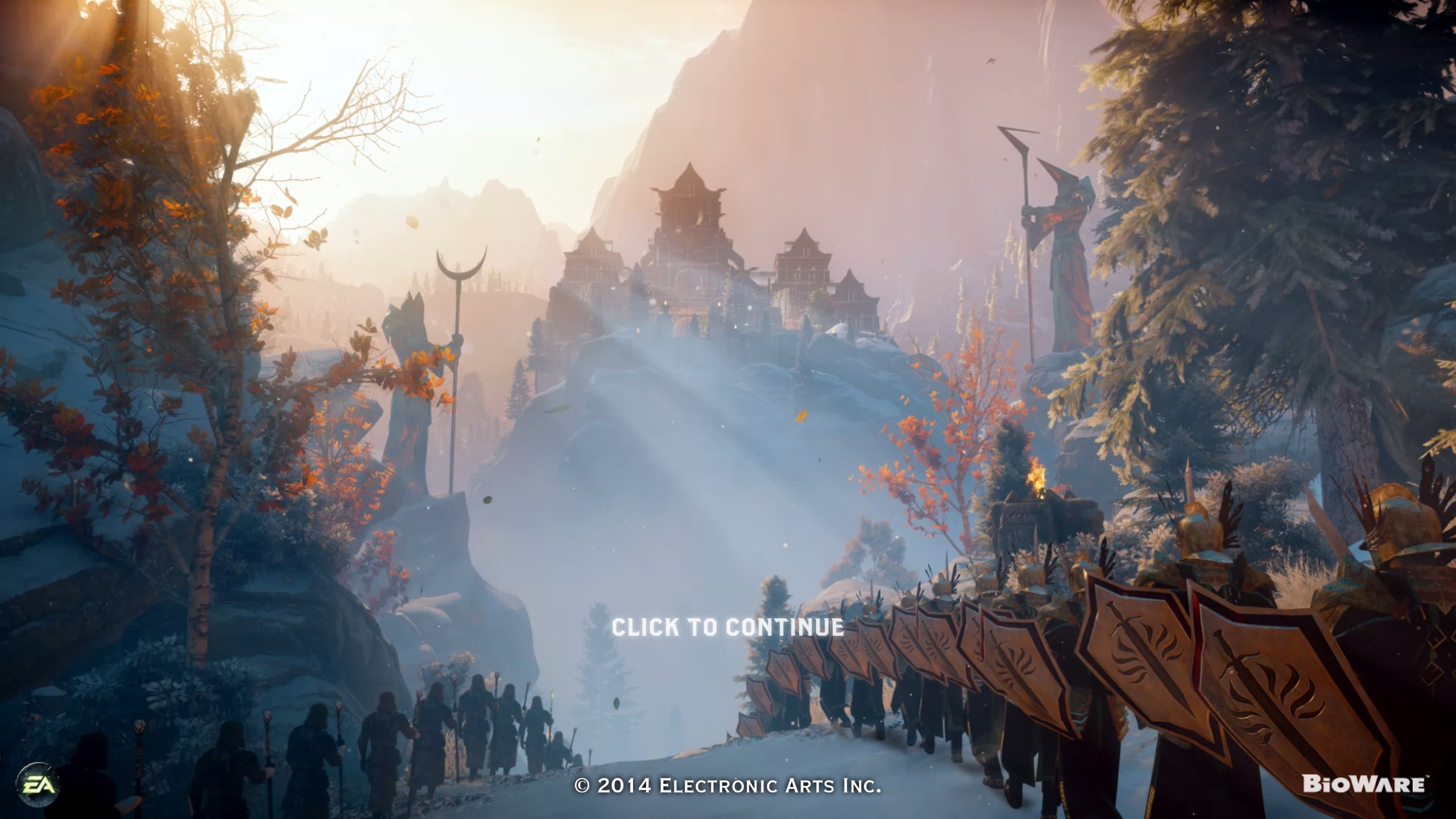


![Dragon Age: Inquisition - Game of the Year Edition – PC Origin [Online Game Code]](https://m.media-amazon.com/images/I/51Ts2CU98zL._SL160_.jpg)

